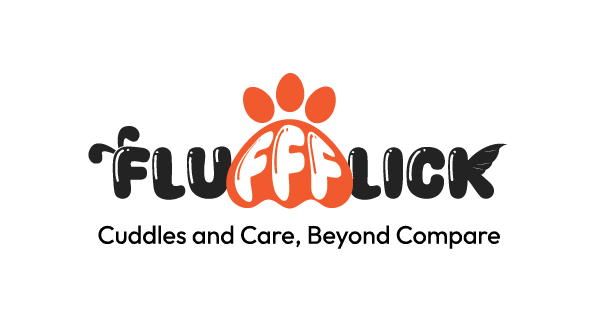Creating a balanced diet for your cat or dog at home can help maintain their health and well-being. It’s essential to provide the right nutrients in the right proportions to ensure your pet thrives. Here’s a step-by-step guide to help you formulate a balanced diet for your furry friend.
1. Understand Your Pet’s Nutritional Needs
Different pets have different nutritional requirements. Factors such as age, breed, size, activity level, and health status can influence what your pet needs. For instance:
- Cats are obligate carnivores, meaning they require a diet high in protein and specific nutrients like taurine and arachidonic acid found in animal tissues.
- Dogs are omnivores, which means they can thrive on a more varied diet that includes proteins, carbohydrates, fats, vitamins, and minerals.
Consult your veterinarian for specific recommendations based on your pet’s unique needs.
2. Choose High-Quality Proteins
Proteins should be the foundation of your pet’s diet. Select high-quality sources of protein, such as:
- Meat: Chicken, turkey, beef, lamb, or fish (make sure to remove bones).
- Eggs: A great source of protein and essential fatty acids.
- Legumes: Beans and lentils can provide protein for dogs but should be cooked thoroughly.
Aim for protein to make up about 30-50% of your pet’s diet, depending on their individual needs.
3. Include Healthy Fats
Fats are vital for energy and overall health. They support skin and coat health, hormone production, and nutrient absorption. Include healthy fat sources like:
- Fish oil: Rich in omega-3 fatty acids.
- Flaxseed oil: Another good source of omega-3s.
- Animal fats: Chicken fat or beef tallow can provide necessary fats.
Fats should constitute about 10-20% of your pet’s diet.
4. Add Carbohydrates Wisely
Carbohydrates can provide energy and fiber. While dogs can digest carbohydrates well, cats require minimal carbs. When including carbs in your pet’s diet, opt for:
- Cooked grains: Brown rice, oats, or quinoa (for dogs).
- Vegetables: Sweet potatoes, carrots, peas, and green beans are great choices for both dogs and cats.
Make sure carbohydrates make up about 20-30% of your dog’s diet, and limit them for cats.
5. Incorporate Fruits and Vegetables
Fruits and vegetables can provide essential vitamins and antioxidants. Include safe options like:
- Fruits: Blueberries, apples (remove seeds), bananas, and watermelon (without seeds).
- Vegetables: Spinach, zucchini, broccoli, and pumpkin.
Introduce new fruits and vegetables gradually and ensure they are safe for your pet before adding them to their diet.
6. Ensure Proper Vitamins and Minerals
Supplements may be necessary to provide essential vitamins and minerals. Many commercial pet foods are formulated with the right balance, but when making homemade food, consider adding:
- Calcium: Ground eggshells or calcium supplements.
- Multivitamins: Speak with your veterinarian about a balanced supplement that meets your pet’s specific needs.
7. Balance the Diet
Aim for a well-balanced diet that meets your pet’s specific nutritional requirements. Here’s a basic guideline for a homemade diet for dogs:
- 40% protein (meat, fish, eggs)
- 50% vegetables and grains (sweet potatoes, carrots, brown rice)
- 10% healthy fats (fish oil, flaxseed oil)
For cats, focus on:
- 70% protein
- 30% animal-based fats
- Minimal carbohydrates
8. Monitor Portion Sizes
Proper portion control is essential. Use your pet’s weight, age, and activity level to determine appropriate serving sizes. Overfeeding can lead to obesity and related health issues, while underfeeding can lead to malnutrition.
9. Gradual Transition
When introducing homemade food, do it gradually. Start by mixing a small amount of the new diet with your pet’s current food, gradually increasing the proportion of homemade food over 7-10 days to prevent gastrointestinal upset.
10. Consult with a Veterinarian
Always consult your veterinarian before making significant changes to your pet’s diet. They can provide tailored advice based on your pet’s health status and help you ensure that the homemade diet is balanced and nutritious.
Conclusion
Creating a balanced diet for your cat or dog at home requires careful planning and understanding of their nutritional needs. By focusing on high-quality proteins, healthy fats, carbohydrates, and appropriate vitamins and minerals, you can help your pet lead a long, healthy, and happy life. Always consult with a veterinarian to ensure you’re meeting your pet’s specific dietary needs.

